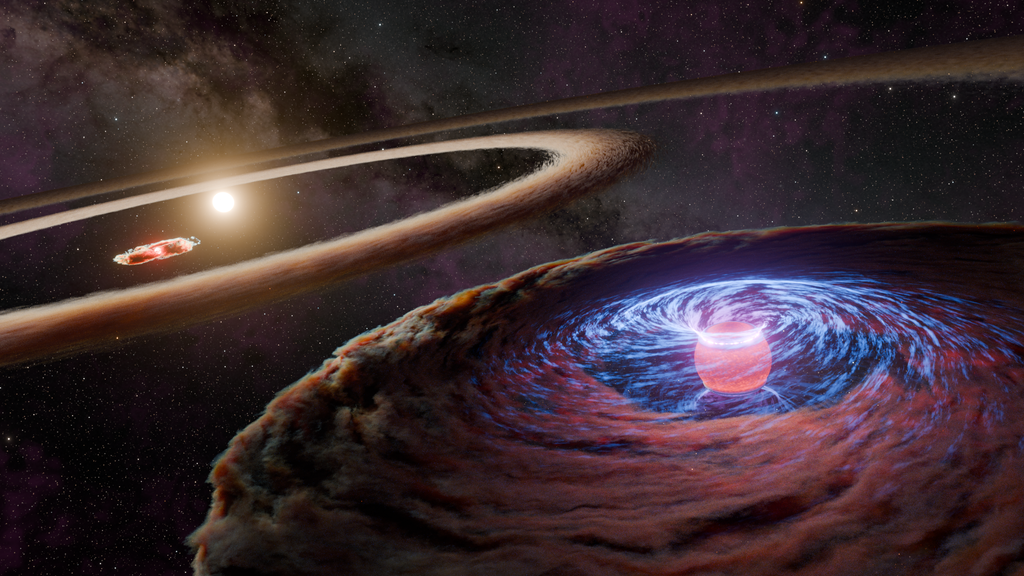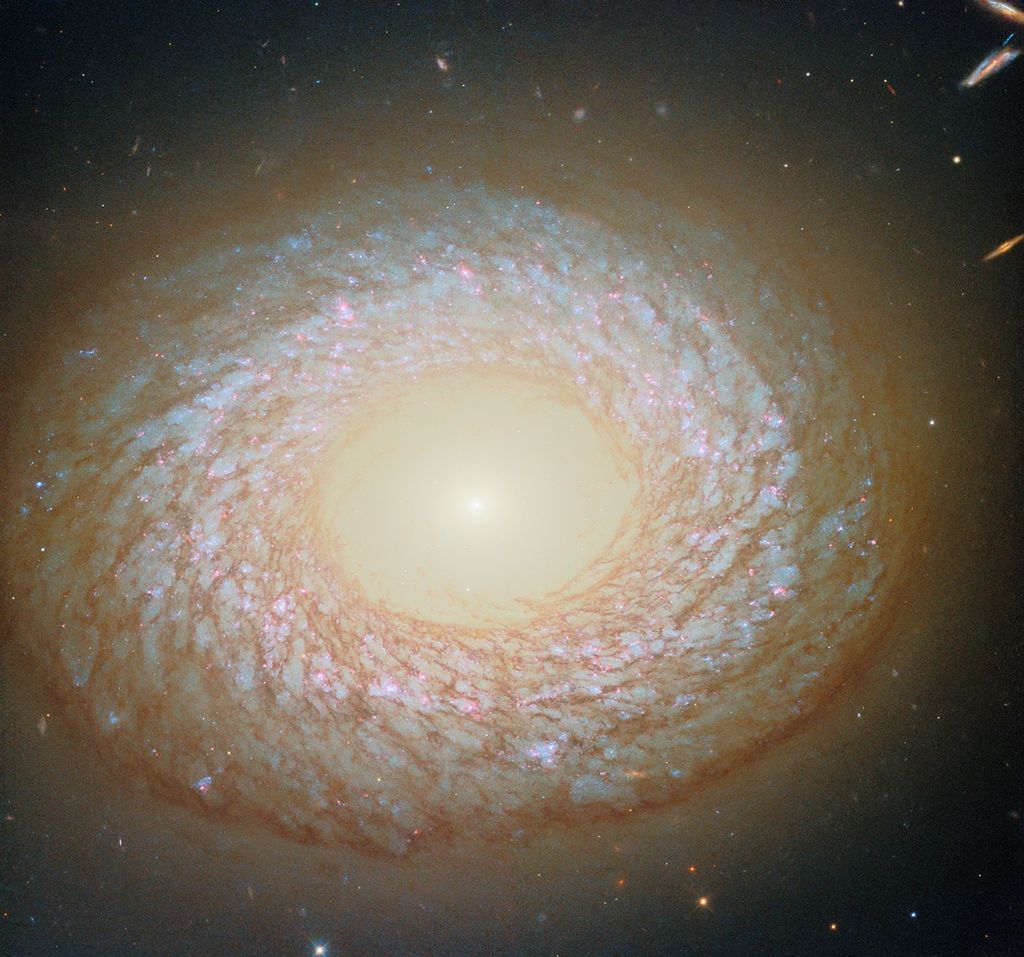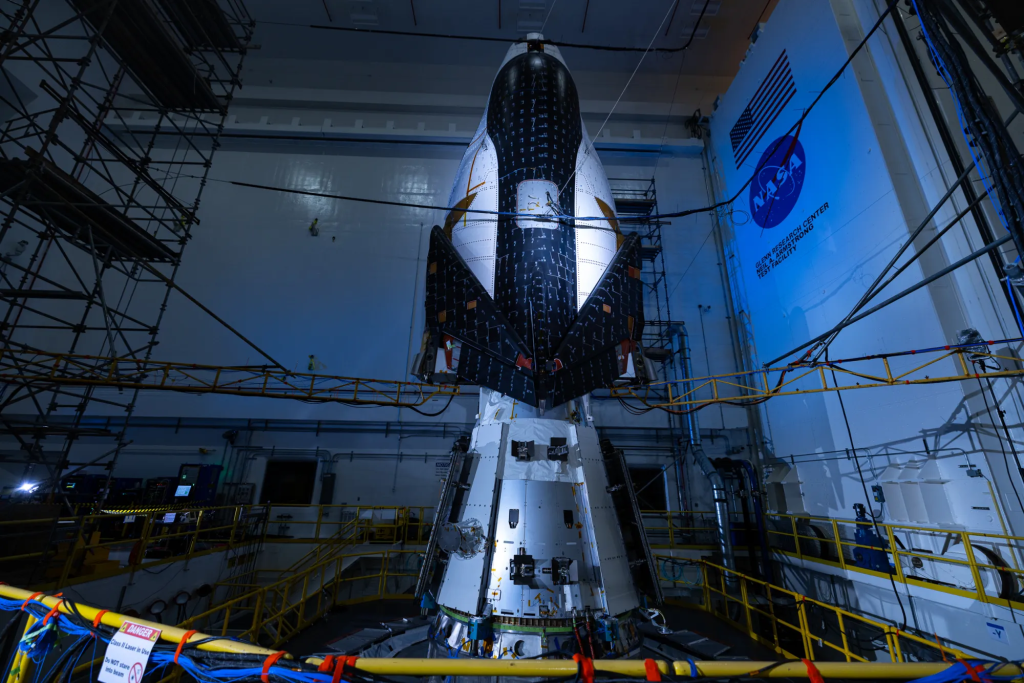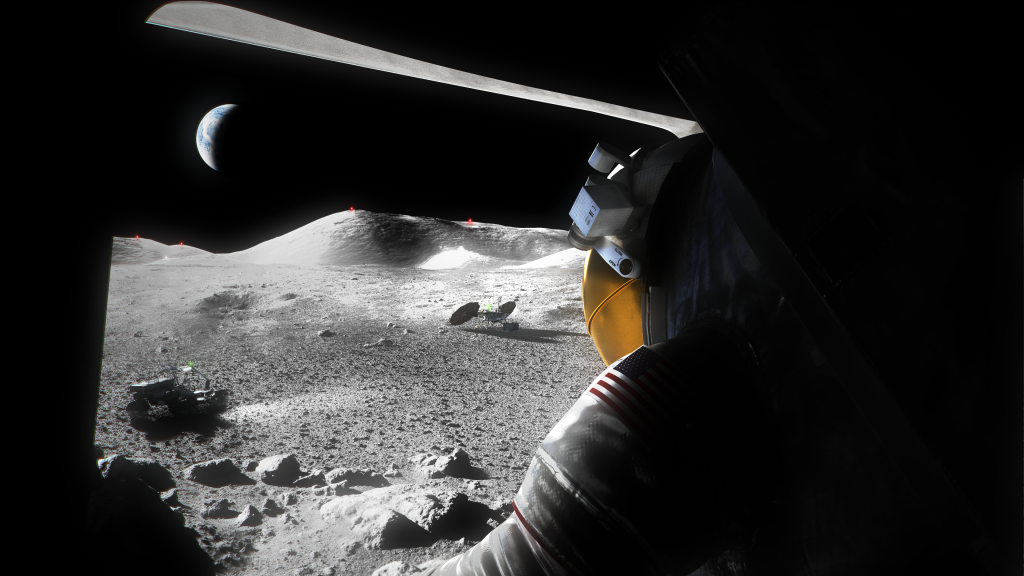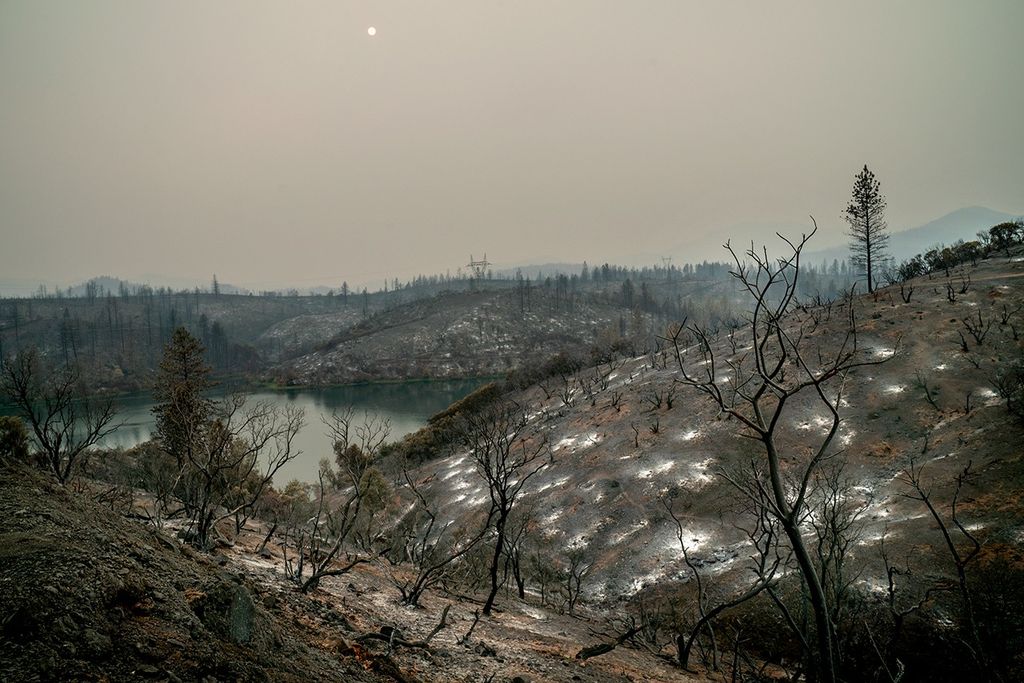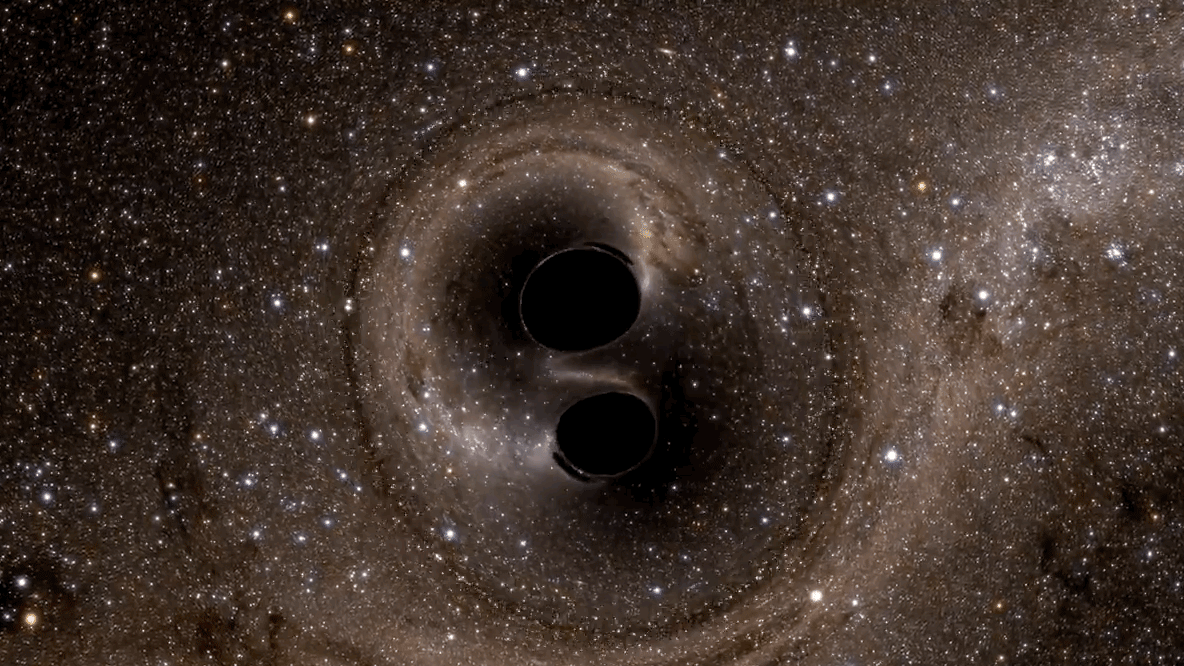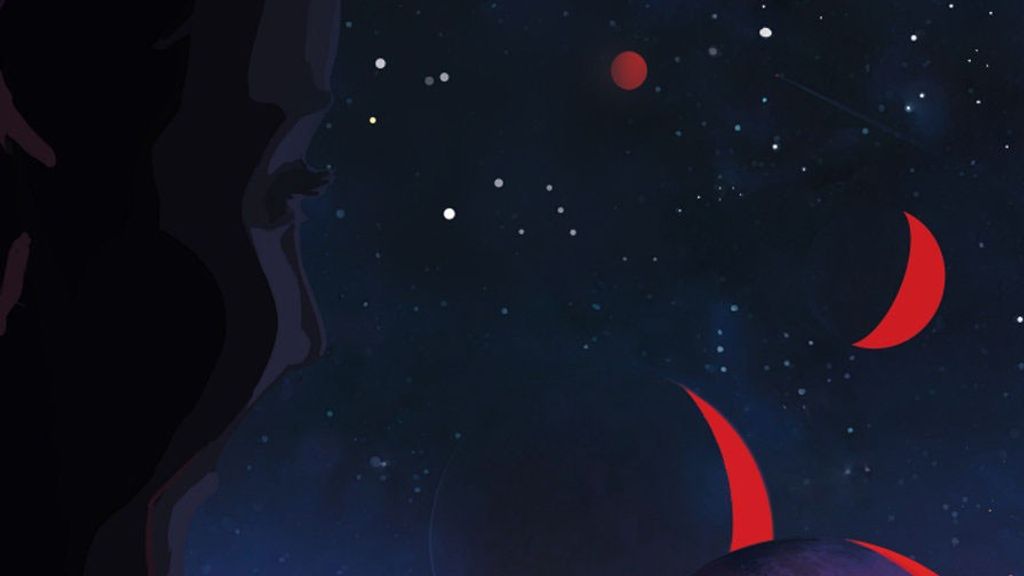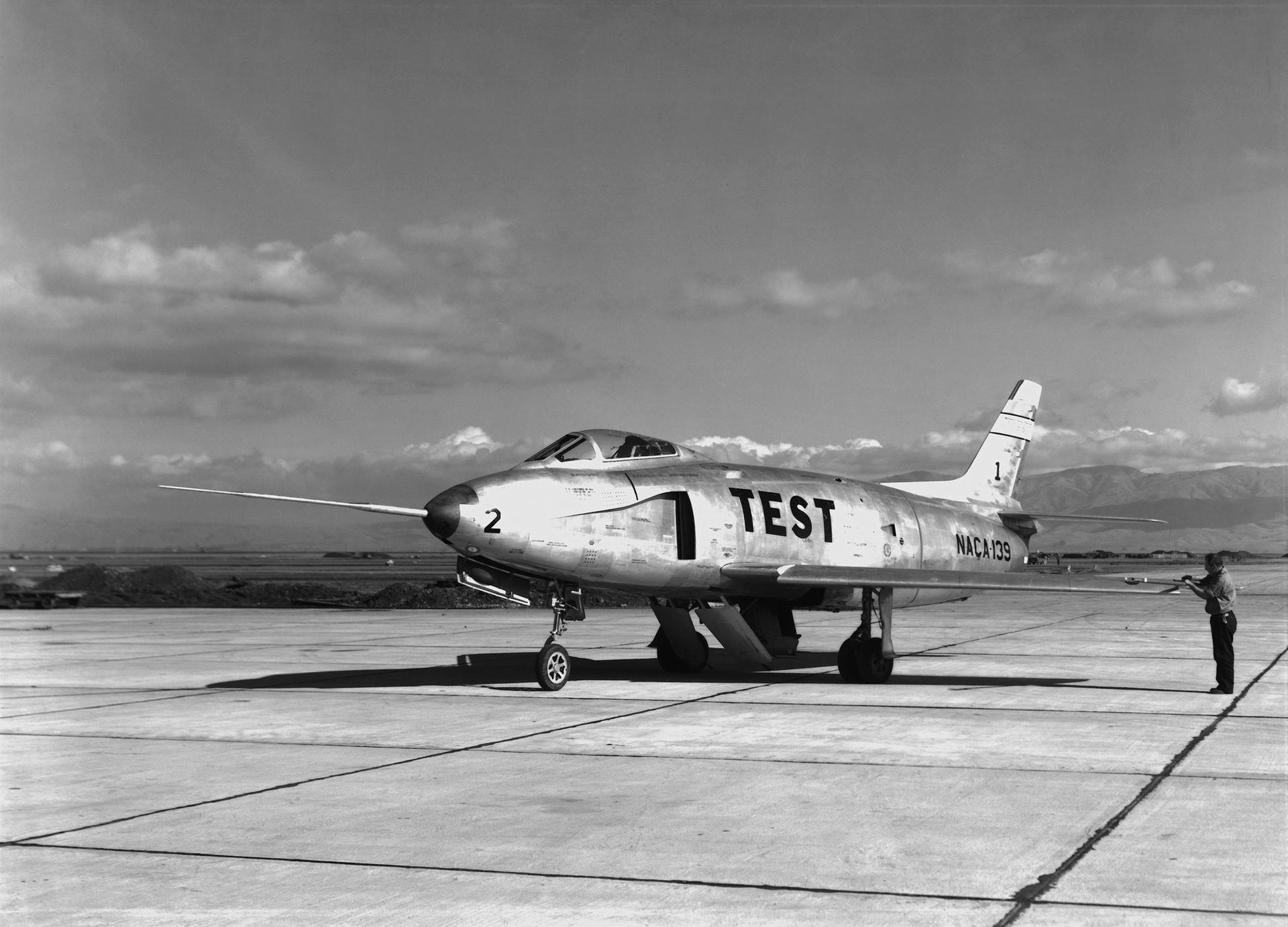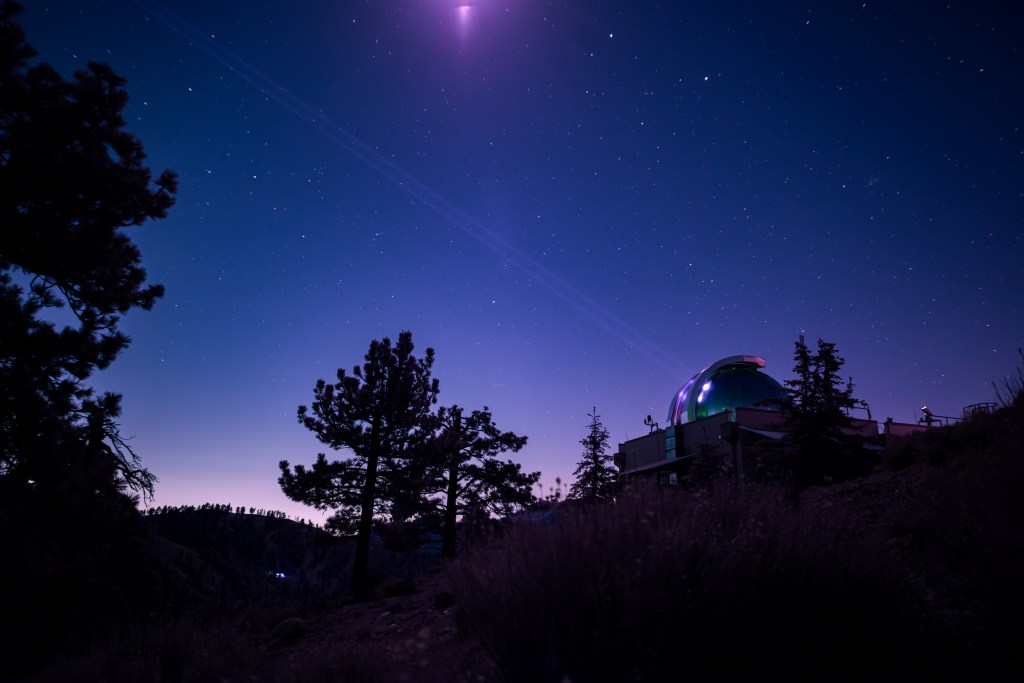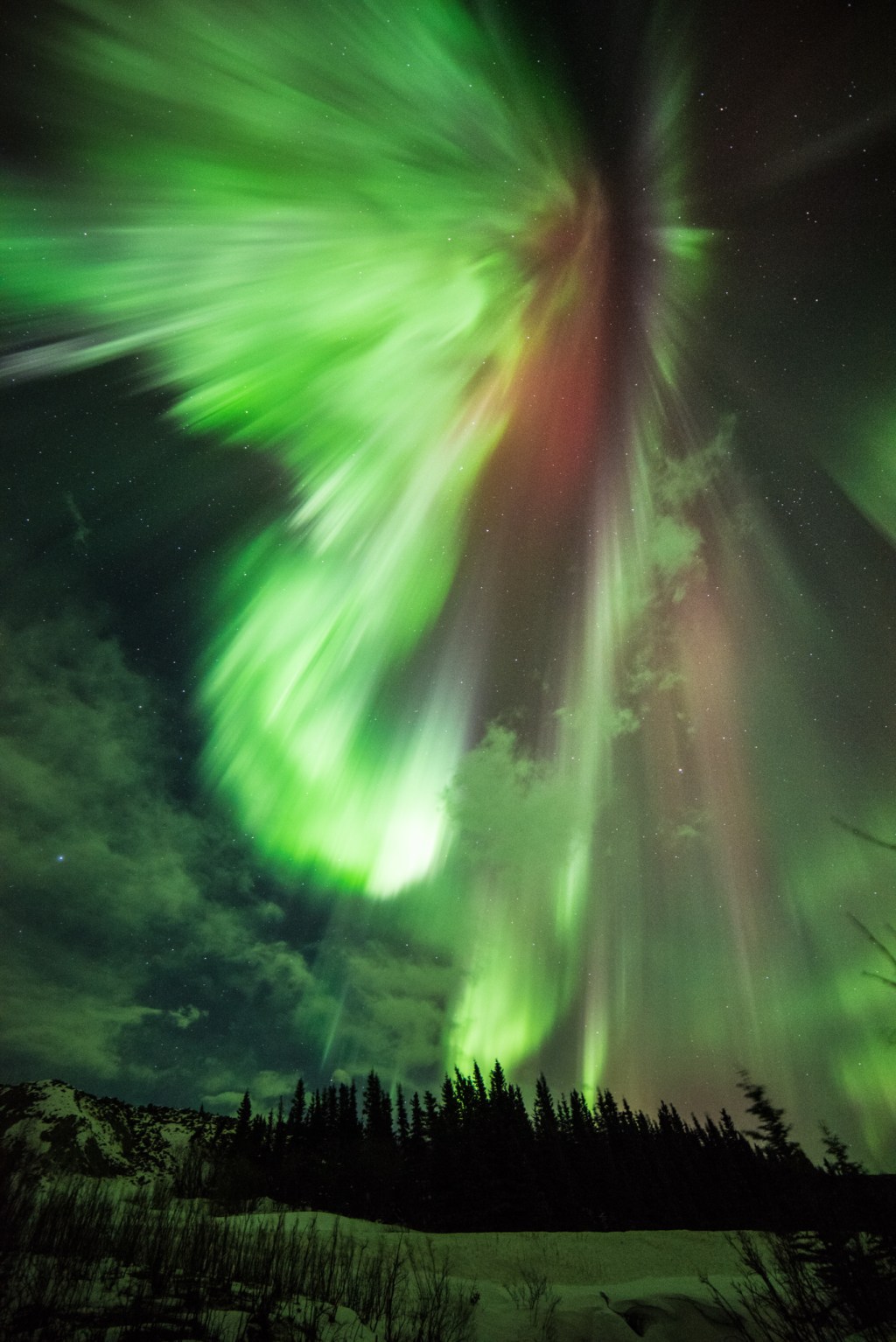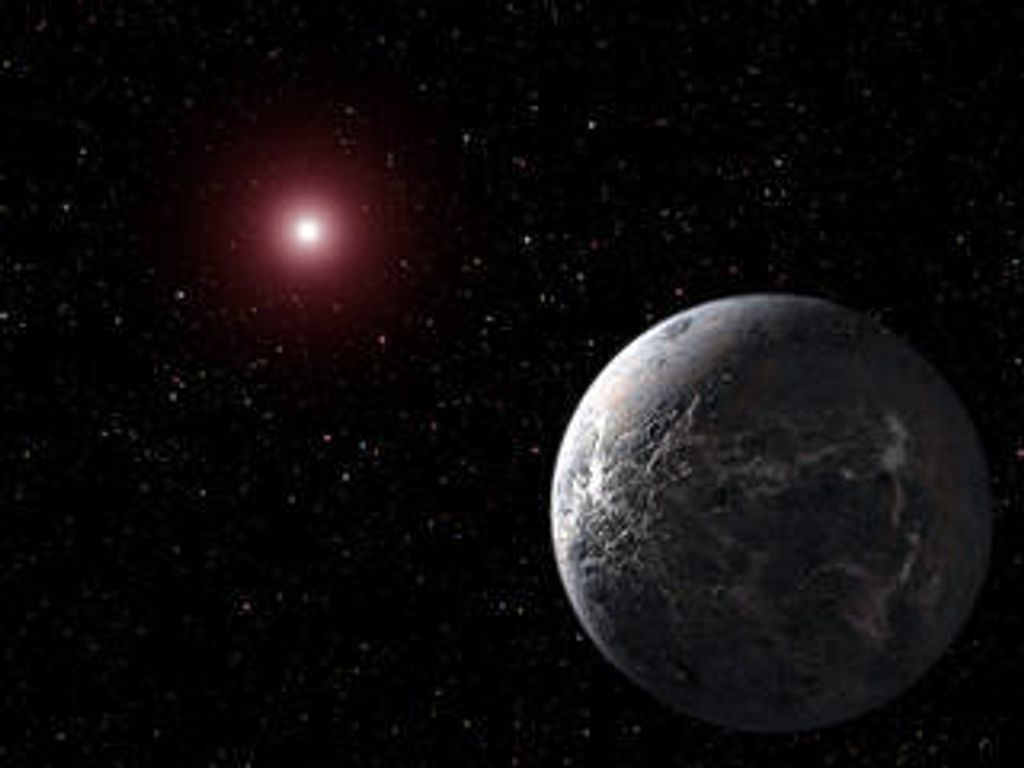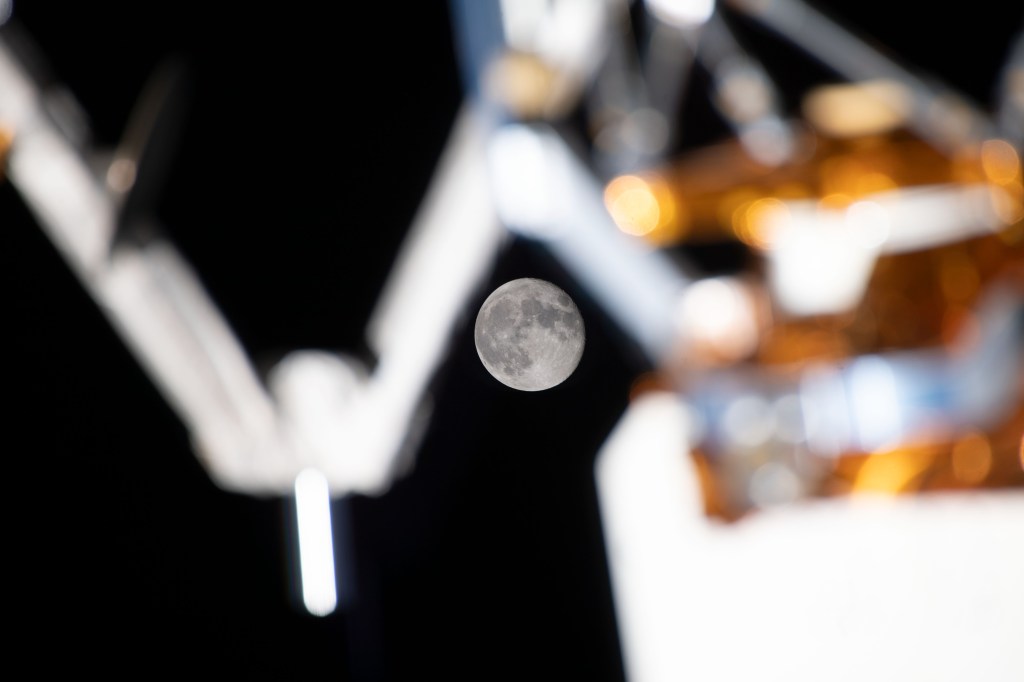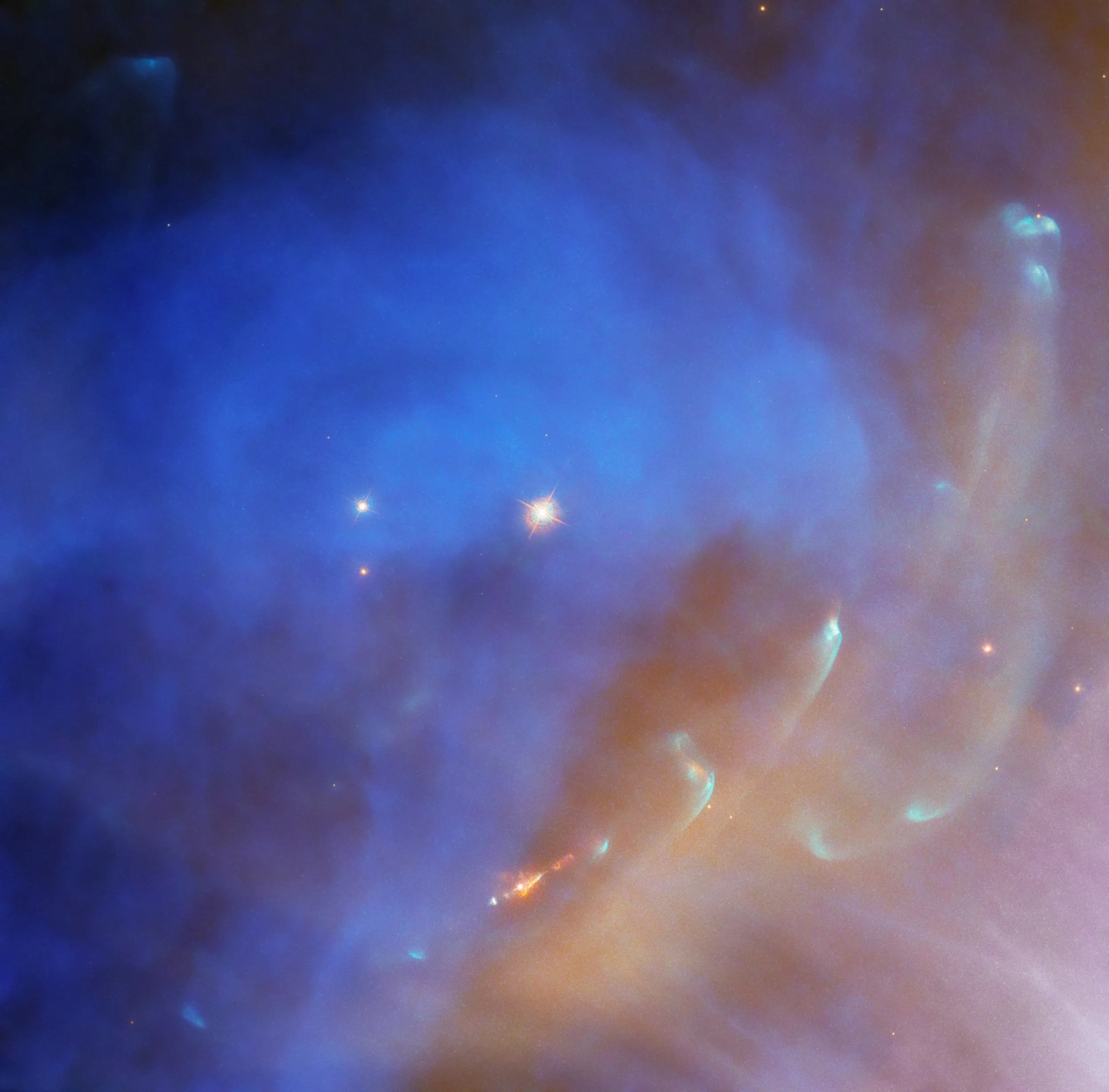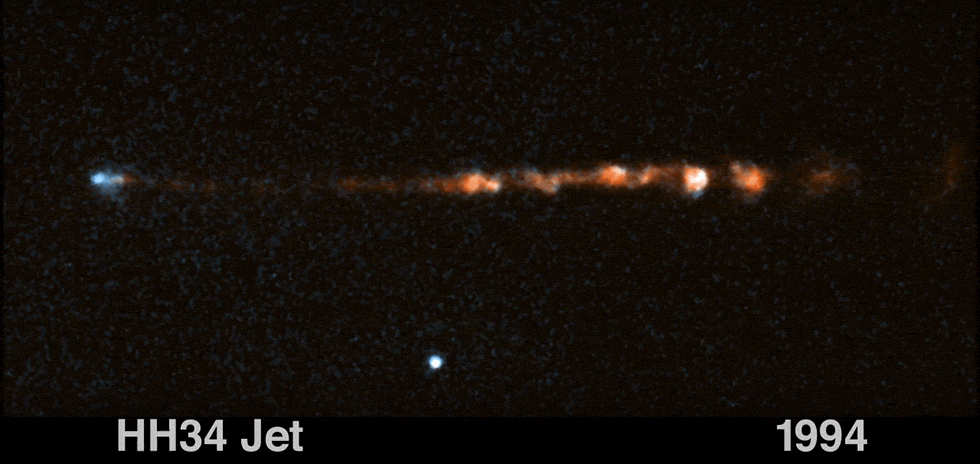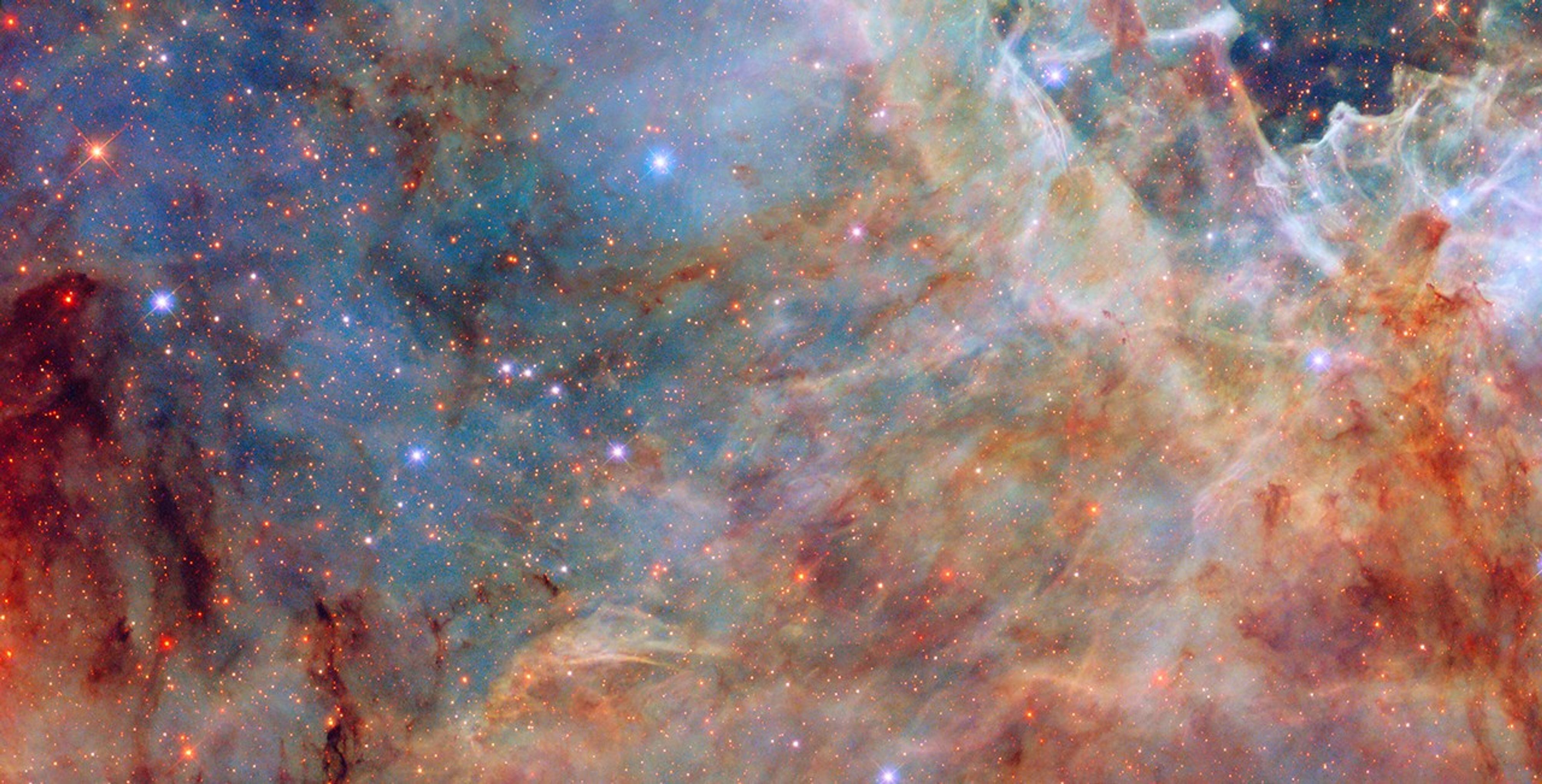Stars form in large clouds of gas and dust called nebulae that scatter the visible wavelengths of light our eyes can see. Hubble’s capability to see ultraviolet, visible, and near-infrared light enables study of several aspects of star formation. Young stars shine brightly in ultraviolet light, while visible light reveals the structure of star-forming clouds, the shock waves induced by jets from forming stars, and colorful ionized gas in the nebulae energized by young stars. Infrared light’s longer wavelengths can pass through the cloud relatively undisturbed. Hubble’s near-infrared instruments and high resolving power can detect this escaping light, revealing deeply embedded regions within these clouds where newborn stars form. These capabilities make it an important tool in the study of developing stars.
-
Pillars of Star Formation
Hubble’s observations of nebulae reveal bizarre landscapes sculpted by radiation from young, exceptionally bright stars. The observations reveal the violent process of star birth that produces intense ultraviolet radiation and shock fronts. The radiation clears out cavities in stellar nursery clouds and erodes material from giant gas pillars that are incubators for fledgling stars.
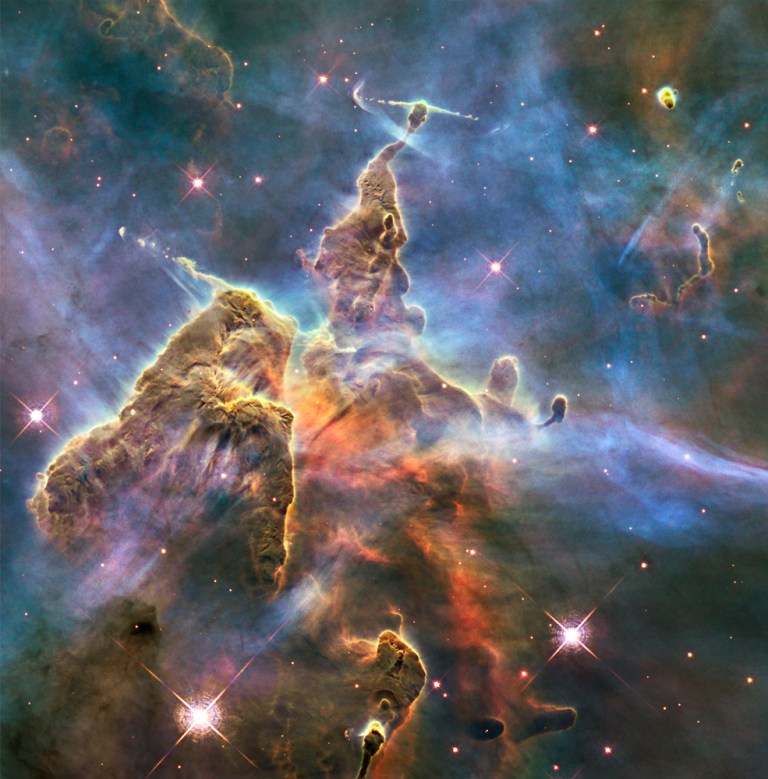 Dubbed “Mystic Mountain,” this is a region of the much more extensive Carina Nebula. In it, towers of cool hydrogen gas laced with dust are seen to rise along the nebula’s wall. At the top, a three-light-year-tall pillar of gas and dust is being eaten away by the brilliant light and winds from nearby stars. The pillar is also being pushed apart from within, as infant stars buried inside it fire off jets of gas that can be seen streaming left and right from the tips of the peaks.NASA, ESA, and M. Livio and the Hubble 20th Anniversary Team (STScI)
Dubbed “Mystic Mountain,” this is a region of the much more extensive Carina Nebula. In it, towers of cool hydrogen gas laced with dust are seen to rise along the nebula’s wall. At the top, a three-light-year-tall pillar of gas and dust is being eaten away by the brilliant light and winds from nearby stars. The pillar is also being pushed apart from within, as infant stars buried inside it fire off jets of gas that can be seen streaming left and right from the tips of the peaks.NASA, ESA, and M. Livio and the Hubble 20th Anniversary Team (STScI)
-
Jet Blasts from Young Stars
Hubble can capture energetic jets of glowing gas from young stars in unprecedented detail. These jets, called Herbig-Haro objects, are a byproduct of gas swirling into newly forming stars. The jets form when the star’s magnetic field channels gas toward the spinning star’s poles, where it shoots out at supersonic speeds in opposing directions. Hubble’s longevity allows astronomers to observe Herbig-Haro objects over time. These observations show us how the jets evolve as they travel through the interstellar medium. Measuring and studying the motions and changes in shape of Herbig-Haro objects helps astronomers untangle the complicated physical processes that form them, while also providing clues about the environment in which newborn stars develop.
Hubble Movies Provide Unprecedented View of Supersonic Jets From Young Stars
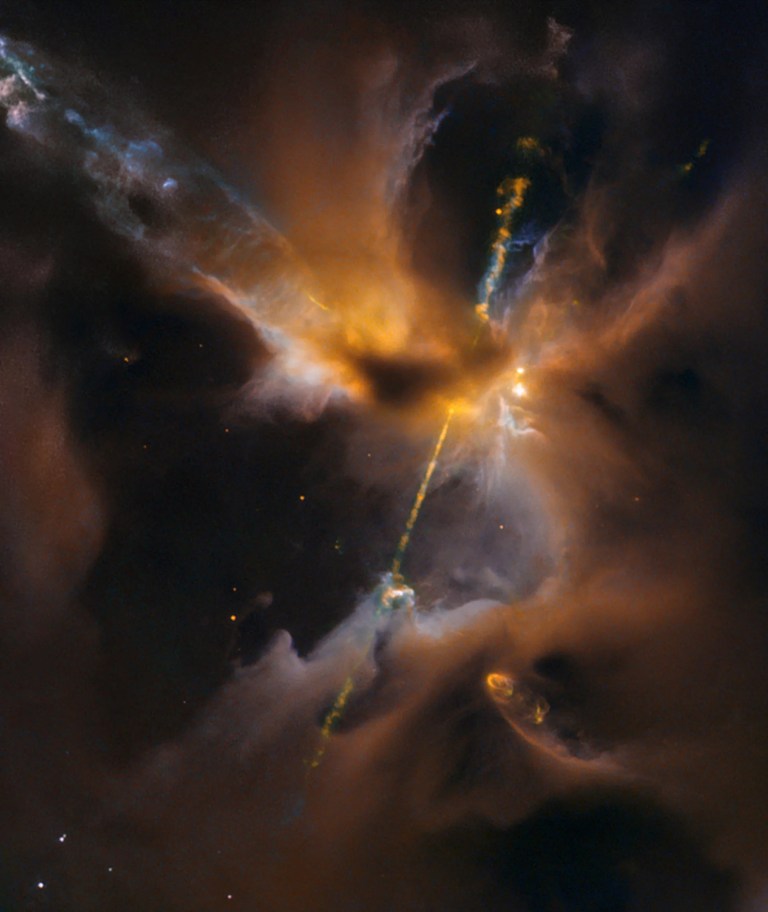 Herbig-Haro Jet HH24NASA and ESA, D. Padgett (GSFC), T. Megeath (University of Toledo), and B. Reipurth (University of Hawaii)
Herbig-Haro Jet HH24NASA and ESA, D. Padgett (GSFC), T. Megeath (University of Toledo), and B. Reipurth (University of Hawaii)
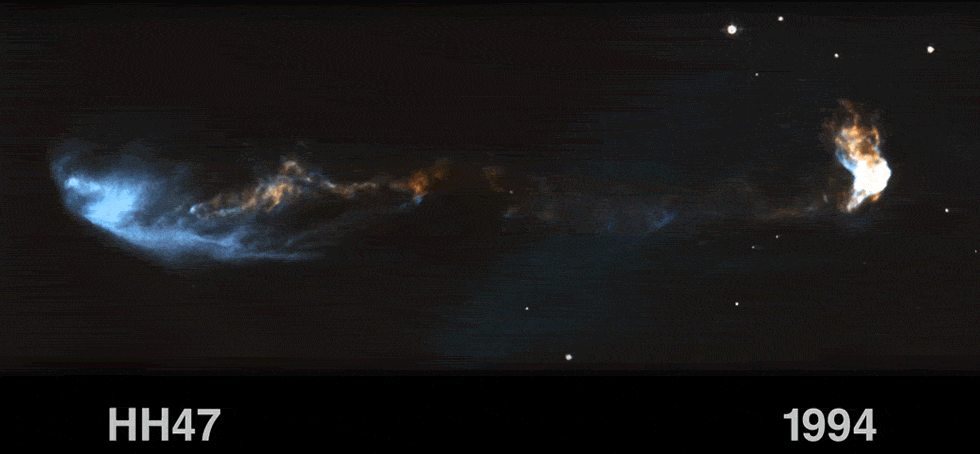
Learn More
Hubble Science Highlights
Discover the breadth and depth of Hubble's exciting discoveries!
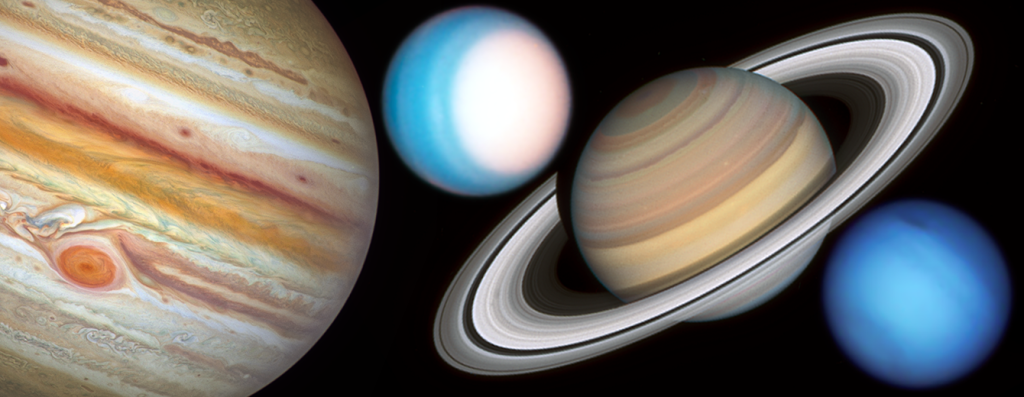
Studying the Planets and Moons
Hubble’s systematic observations chart the ever-changing environments of our solar system's planets and their moons.
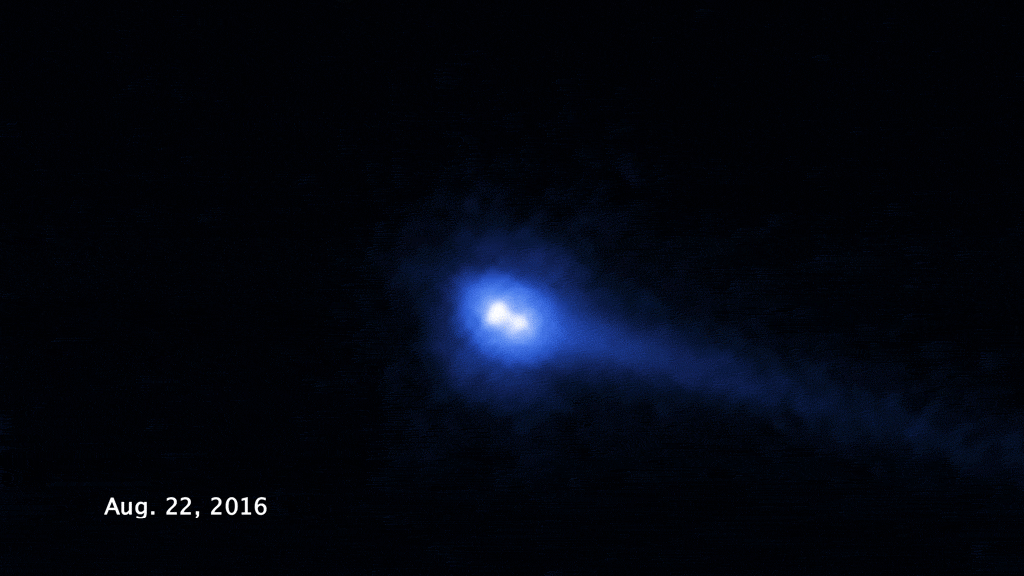
Tracking Evolution in the Asteroid Belt
These conglomerates of rock and ice may hold clues to the early solar system.
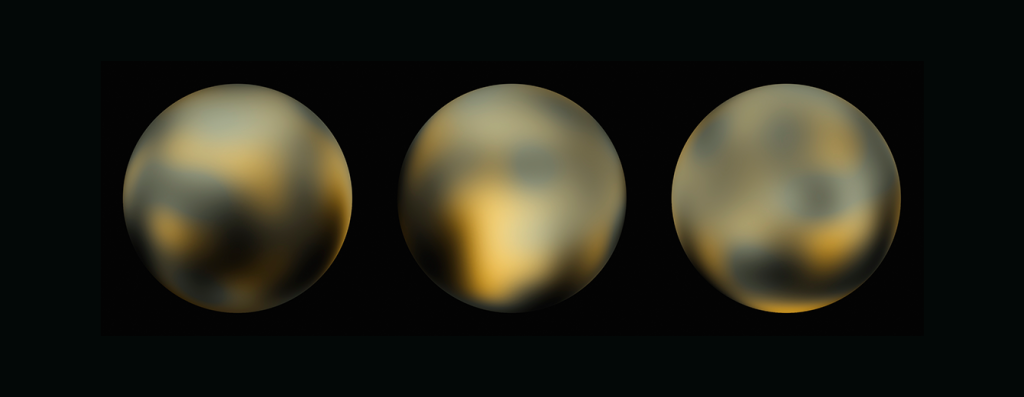
Uncovering Icy Objects in the Kuiper Belt
Hubble’s discoveries helped NASA plan the New Horizon spacecraft’s flyby of Pluto and beyond.
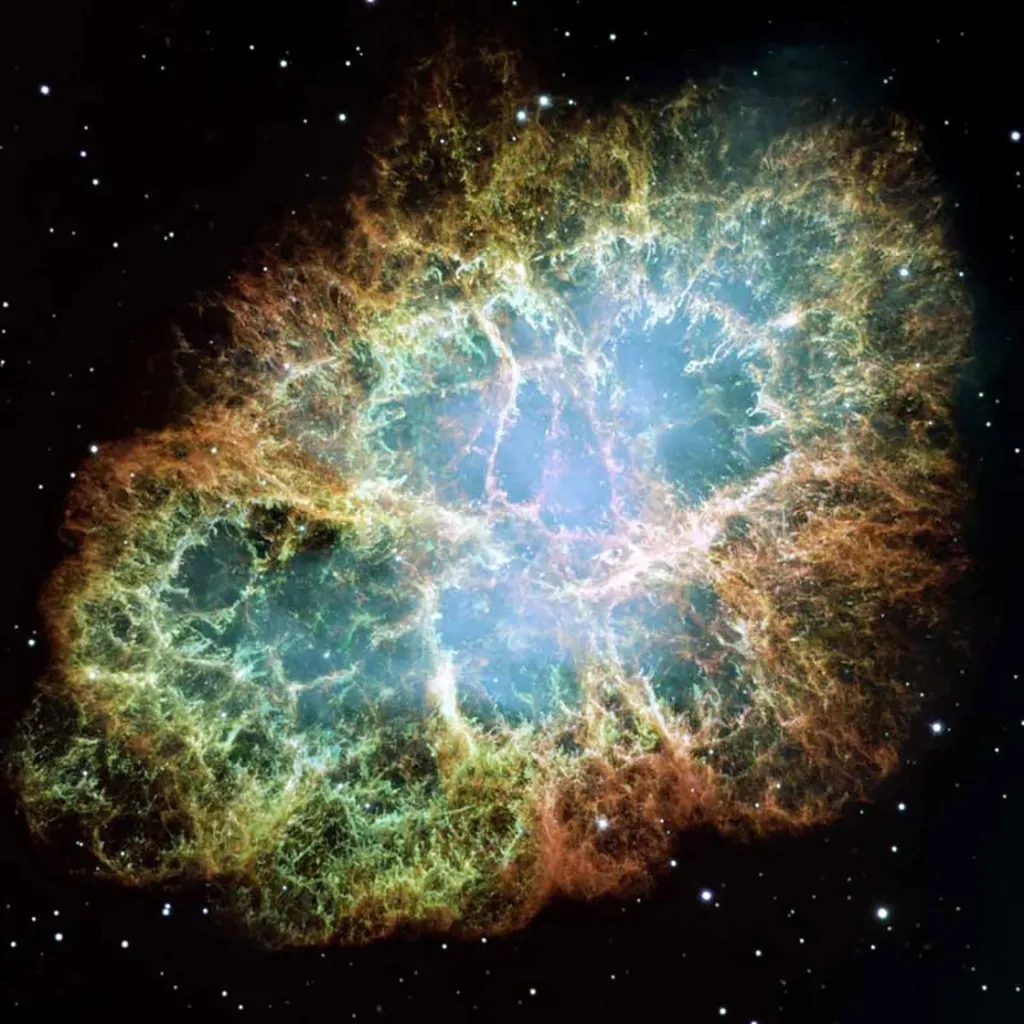
The Death Throes of Stars
When stars die, they throw off their outer layers, creating the clouds that birth new stars.
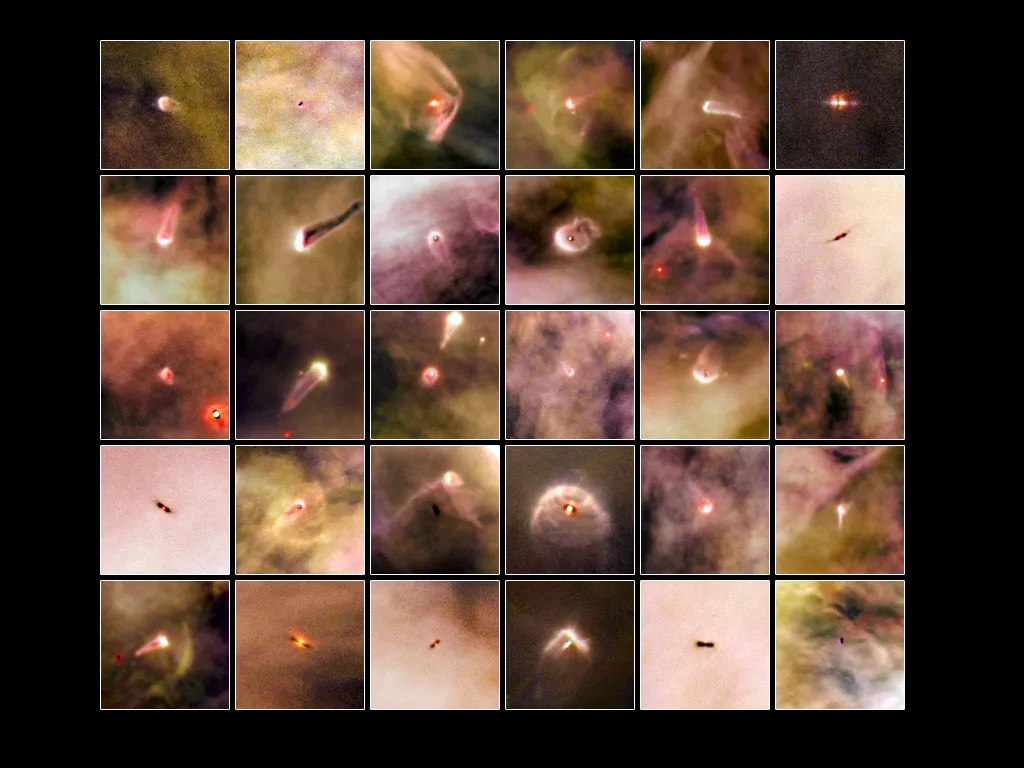
Finding Planetary Construction Zones
Hubble’s sensitivity uncovers the seeds of planets in enormous disks of gas and dust around stars.
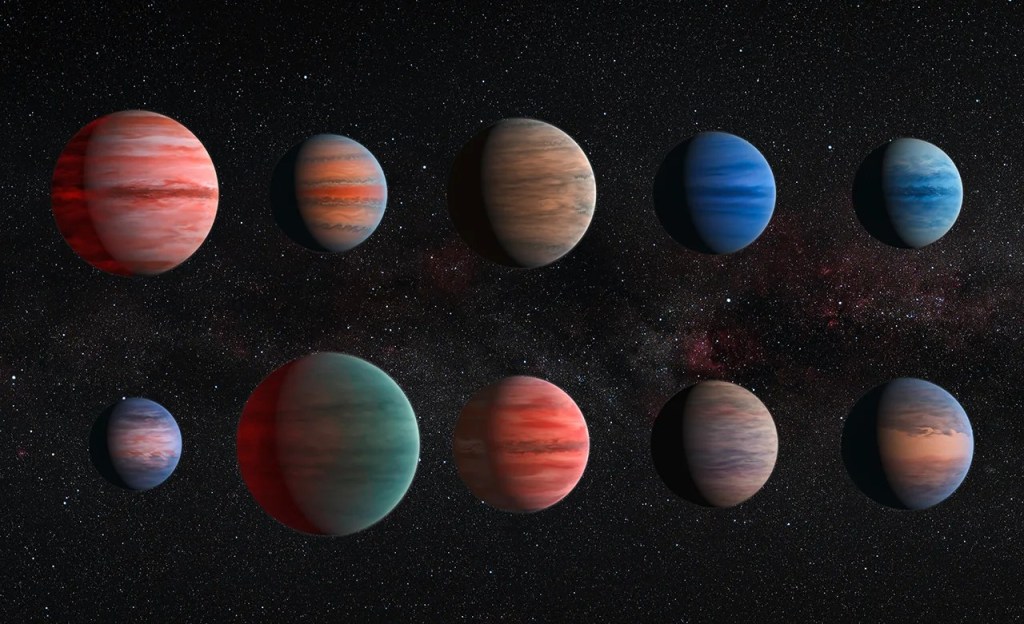
Recognizing Worlds Beyond Our Sun
Hubble can detect and measure the basic organic components for life on planets orbiting other stars
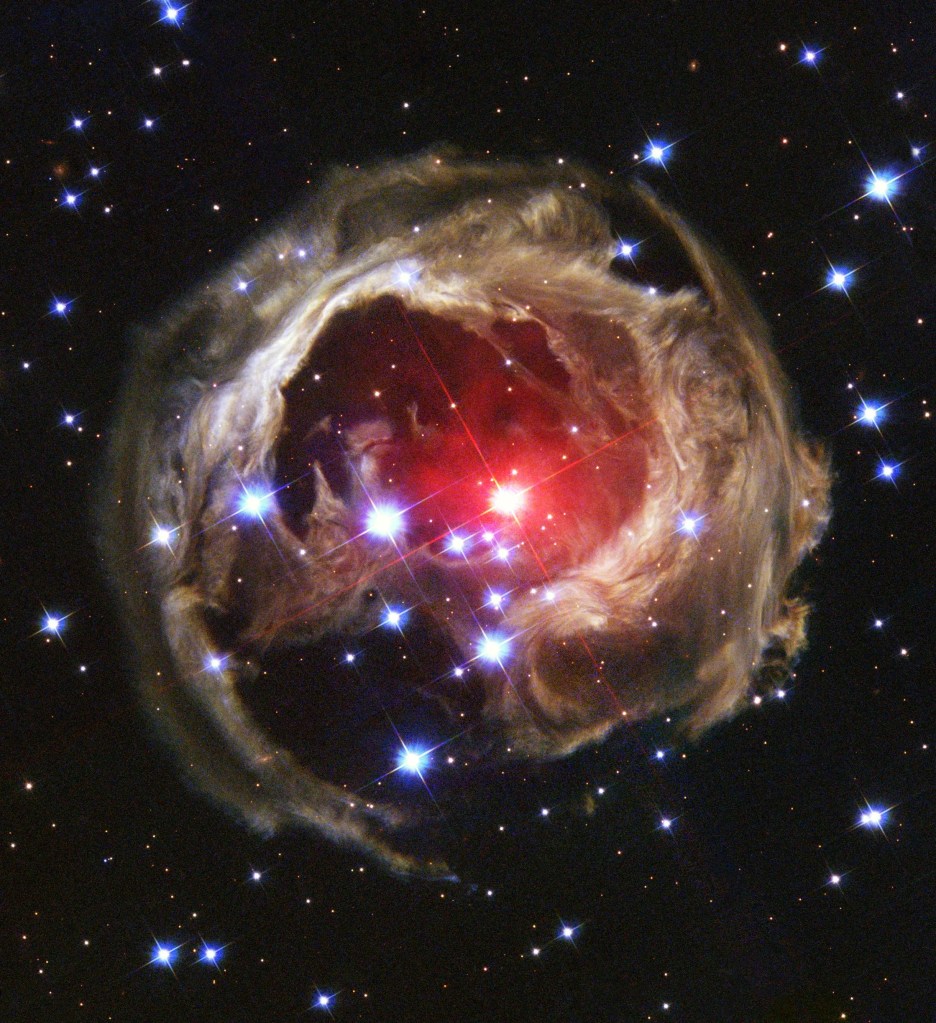
Seeing Light Echoes
Like ripples on a pond, pulses of light reverberate through cosmic clouds forming echoes of light.
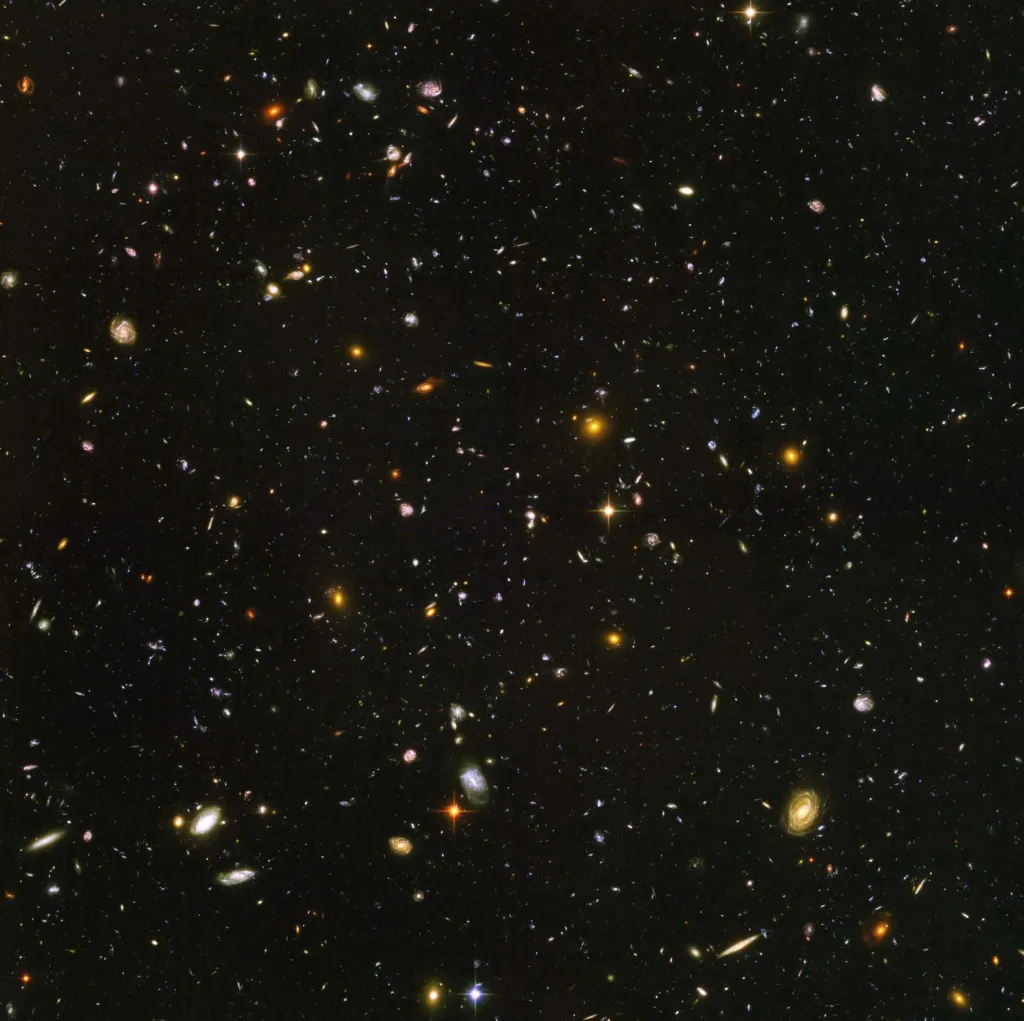
Tracing the Growth of Galaxies
Hubble's Deep Field observations are instrumental in tracing the growth of galaxies.
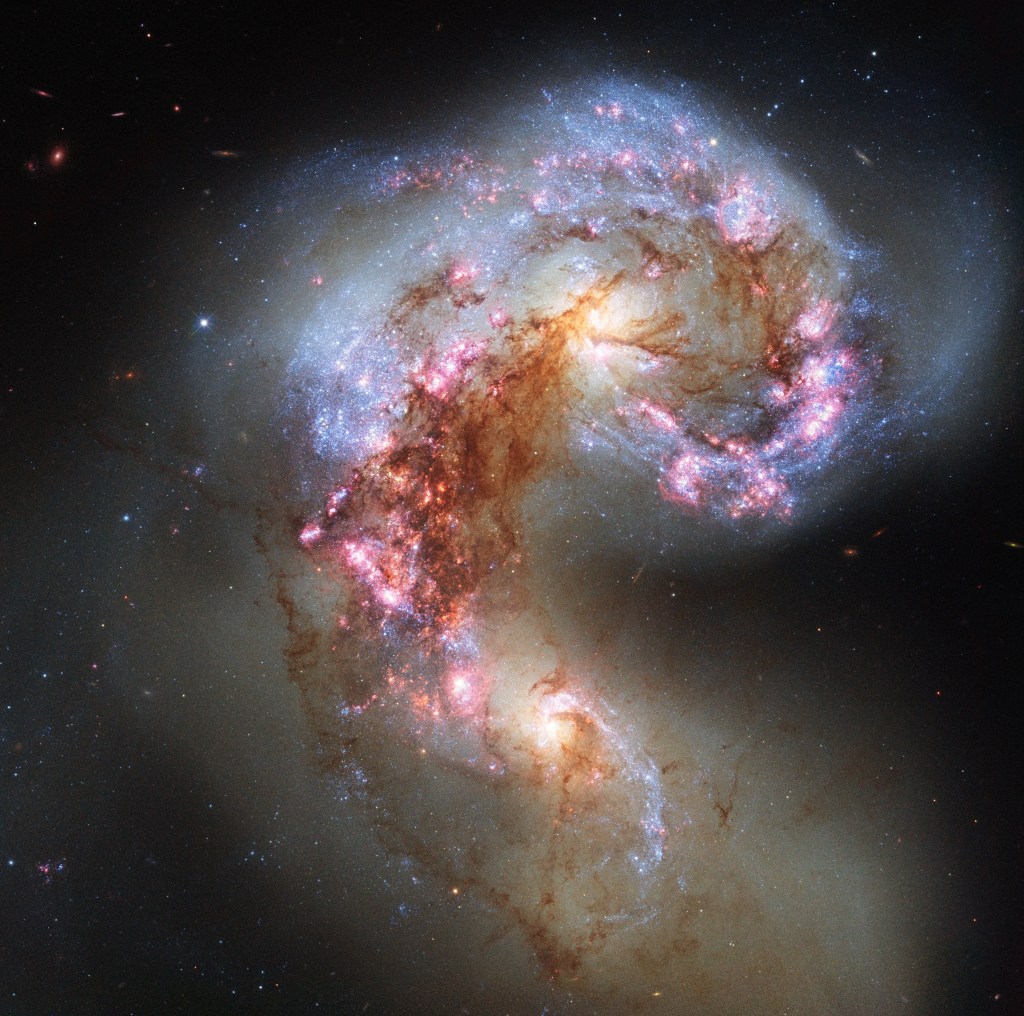
Galaxy Details and Mergers
Galaxies evolve through gravitational interaction with their neighbors, creating a menagerie of forms.
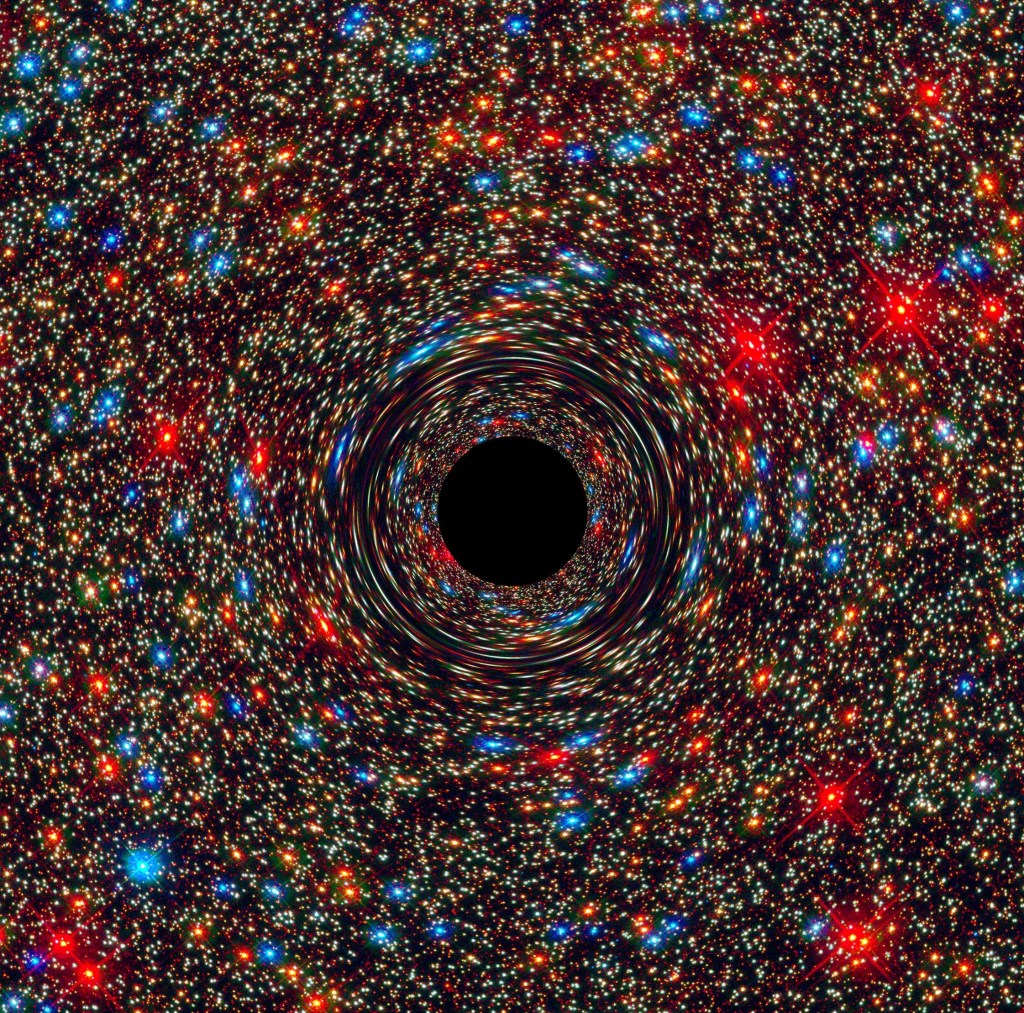
Monster Black Holes are Everywhere
Supermassive black holes lie at the heart of nearly every galaxy.
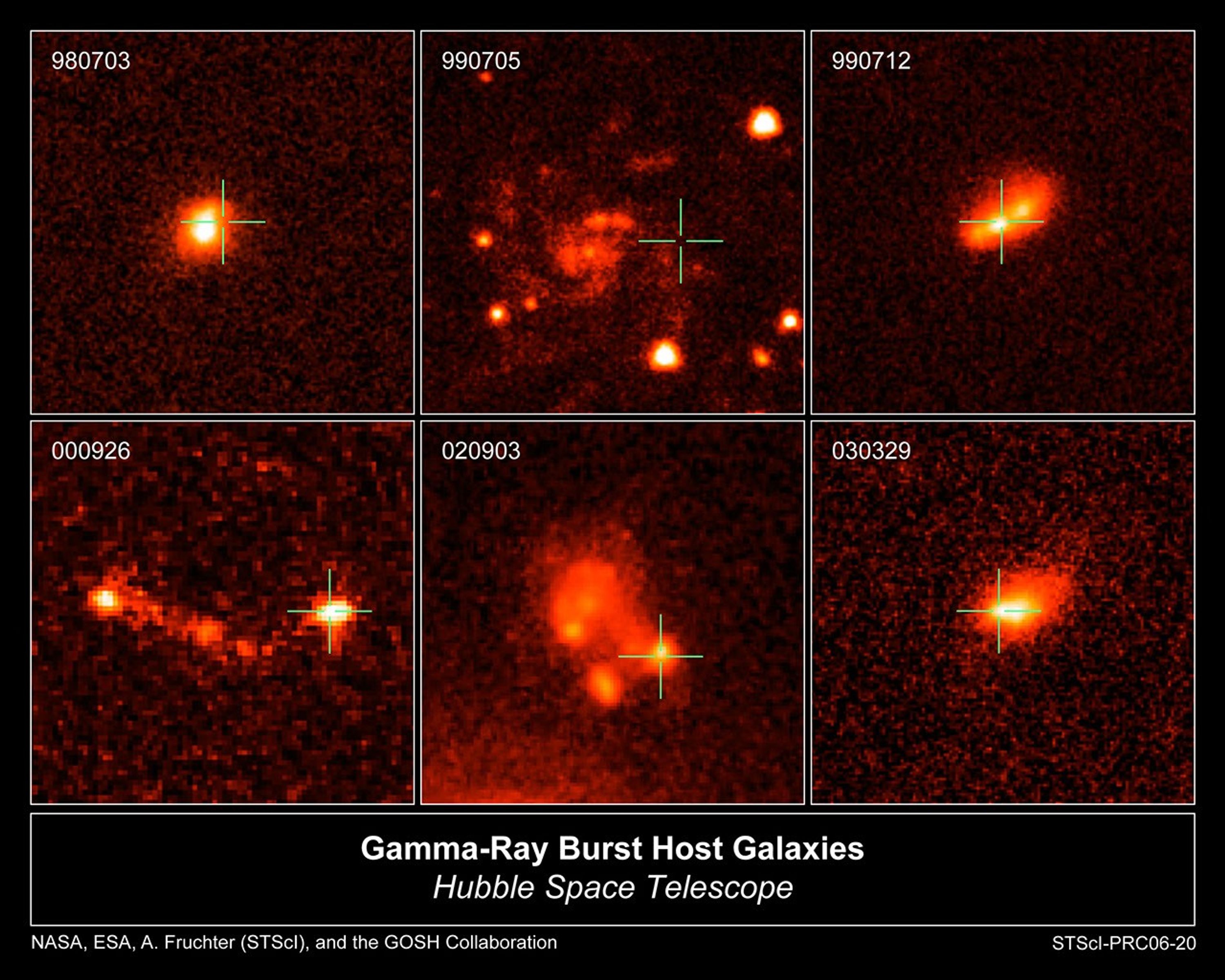
Homing in on Cosmic Explosions
Hubble helps astronomers better understand and define some of the largest explosions in the universe.
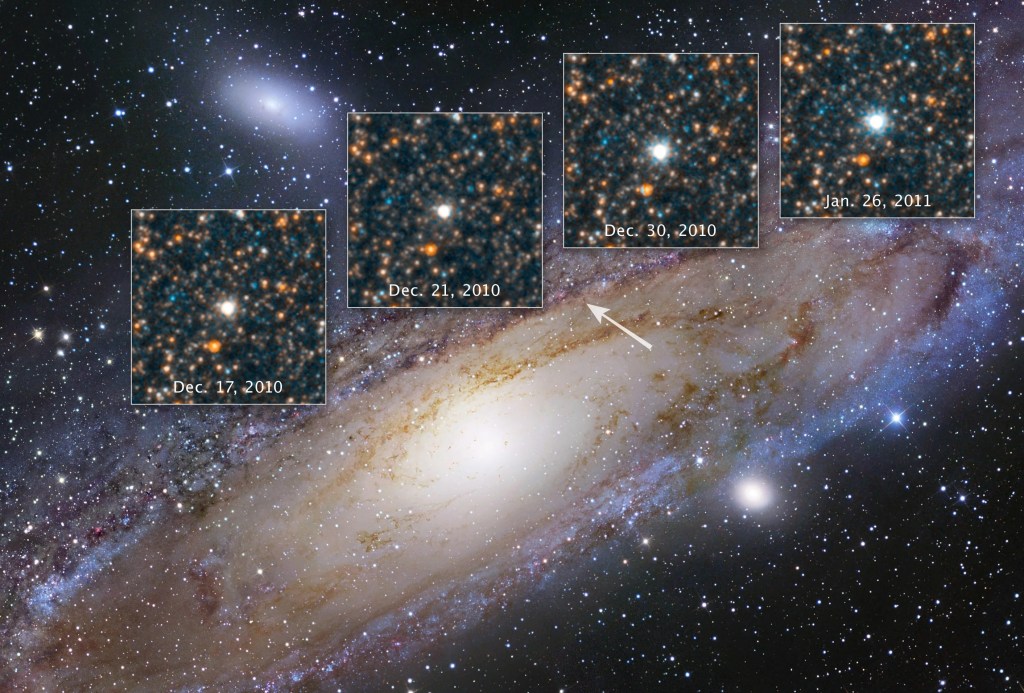
Discovering the Runaway Universe
Our cosmos is growing, and that expansion rate is accelerating.
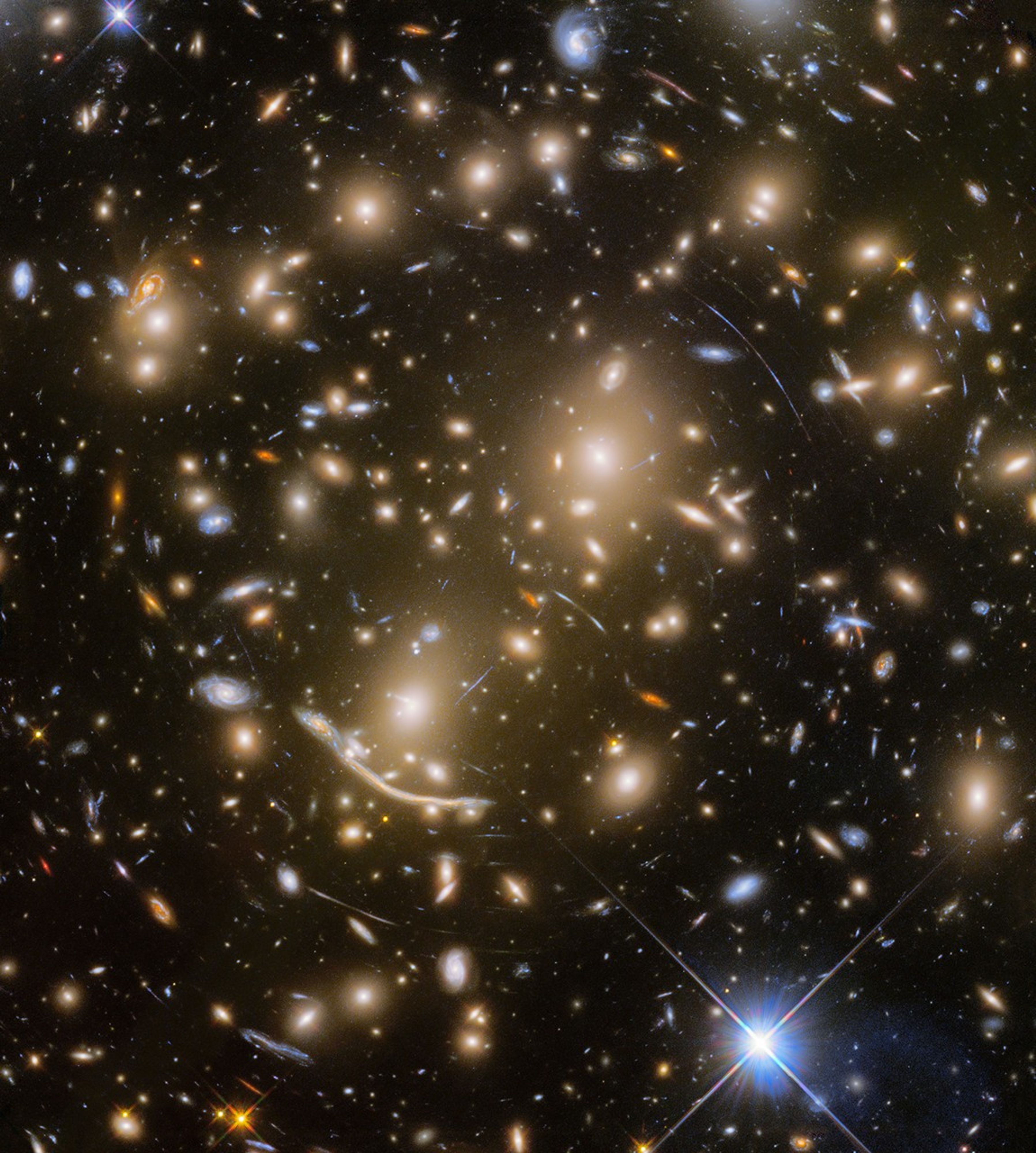
Focusing in on Gravitational Lenses
Gravitational lenses are 'Nature's Boost', expanding our view deeper into space and farther back in time.
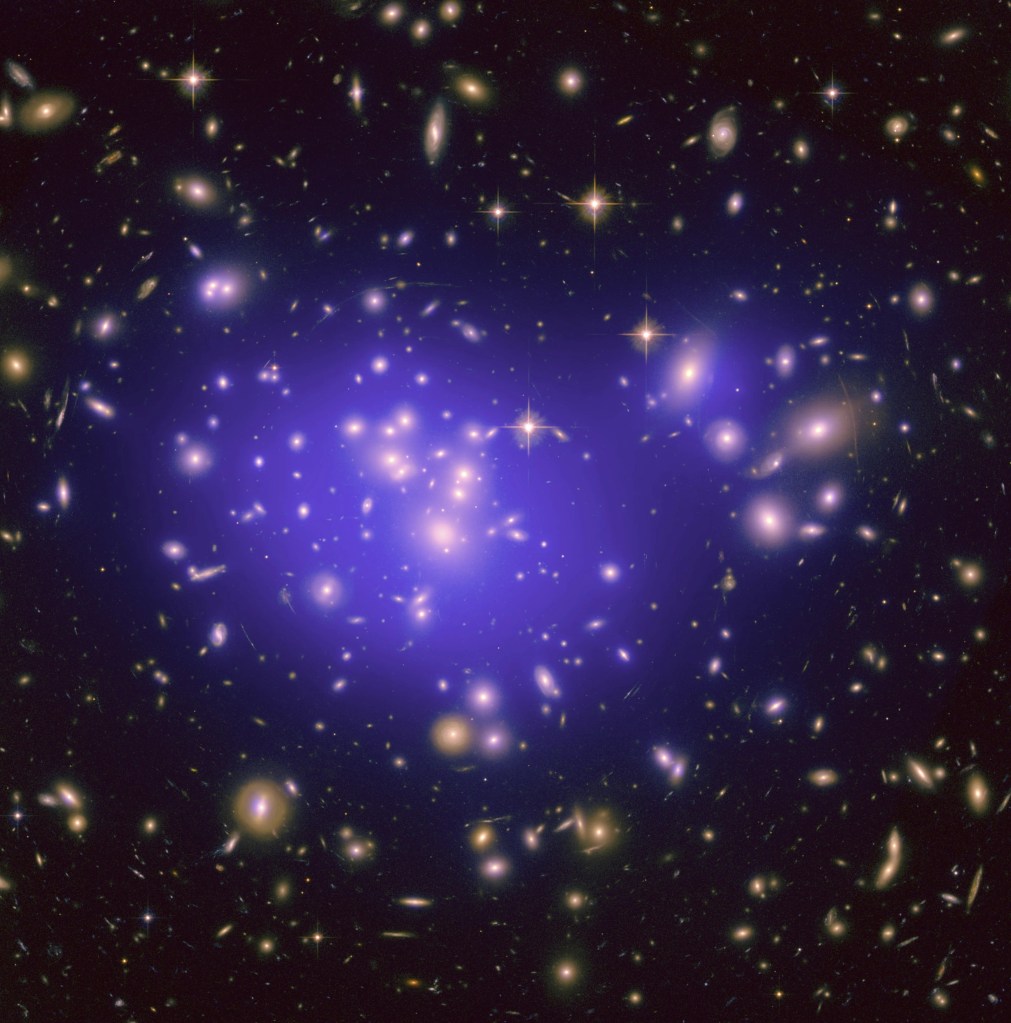
Shining a Light on Dark Matter
The gravitational pull of dark matter guides the formation of everything we can see in the universe.

Mapping the Cosmic Web
Filaments and sheets of matter create an interconnected web that forms the large-scale structure of the universe.

